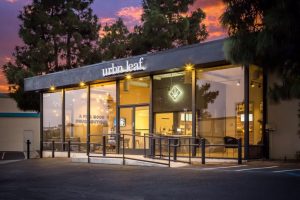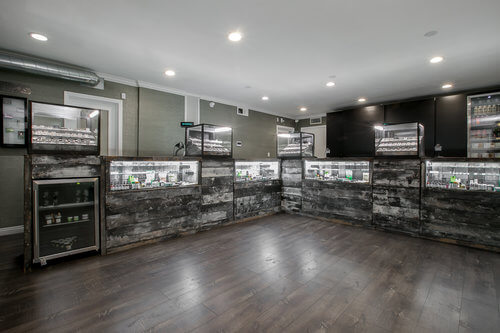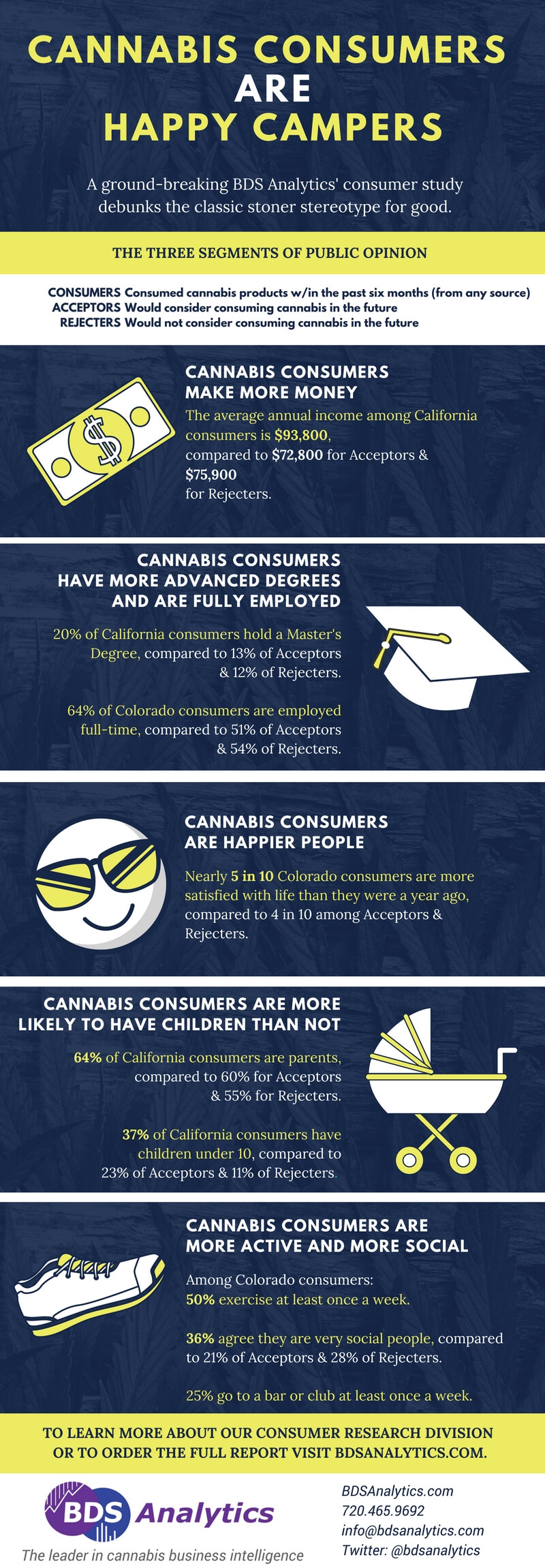Southern California Dispensary List
It’s easy to feel overwhelmed when walking into a dispensary, especially if you are unsure of the type of cannabis experience you are looking for. Whether you want to be energized and enabled or calm and sedated, dispensaries should have knowledgeable and friendly staff who will provide guidance and recommendations suited for you. You should be welcomed into a clean, safe environment for an overall positive experience.
Cannabis will become legal for recreational use on January 1, 2018. It is important that you, as consumers, are purchasing products from a trusted and reliable source. California is full of reputable, legal establishments. We’ve compiled a list of the top five dispensaries in Southern California, based on public opinion and reviews. Each of these businesses have a common mission, also shared by 3Leaf, that is to provide consumers with top quality products that are safe, and that consumers have the desired cannabis experience they are looking for. From the best dispensary in Orange County to the best dispensary in San Diego, we have you covered.
Urbn Leaf
Best Dispensary in San Diego
- Winner of the Best Dispensary Atmosphere Award 2017 by the Dope Magazine Industry Awards, Urbn Leaf sets a high standard for the cannabis industry. There are three locations in San Diego, all of which are beautifully designed. But, the high quality does not end with the modern aesthetics of the buildings in which they operate. Urbn Leaf’s team members are professional, well educated, and up to date on all things related to cannabis. They’re ready to listen and happy to make helpful suggestions.
- Visit: https://urbnleaf.com/
- Follow: @urbnleafca
Buds and Roses
Studio City, Los Angeles
- Buds and Roses understands that cannabis is an individualized experience. Staff members are trained to the highest of standards to ensure that customers are met with an experience that exceeds their expectations. Aaron Justis, president of Buds and Roses is a leader in the cannabis industry who has made a significant impact in alleviating the stigmas around cannabis culture.
- Visit: www.budsandrosesla.com
- Follow: @budsandroses
The Higher Path
Sherman Oaks
- Since opening in 2013, The Higher Path has upheld the policy that the patient always comes first. With a wide variety of high-quality options, and well-versed, friendly staff, The Higher Path ensures that customers find the perfect medicine to fit the cannabis experience they are looking for. They are are also active members of the cannabis community who participate in everything from organizing hikes and walks, to advocating for policy change.
- Visit: www.thehigherpath.com
- Follow: @thehigherpathcollective
Bud and Bloom
Orange County
- Named by Leafly as one of the most beautiful cannabis dispensaries in America, Bud and Bloom provides a diverse selection of cannabis products to meet a variety of needs. They are a team of professionals, working in a warm, welcoming atmosphere. They are fully compliant under the City of Santa Ana’s Measure BB, to meet legal requirements as well as consumer standards.
- Visit: http://budandbloomoc.com/
- Follow: @budandbloomoc
Green Dot
Marina Del Rey, Los Angeles
- At Green Dot, you’ll find educated staff who listen to your questions and concerns before helping you find the right medication to suits your needs. The newly renovated establishment is warm and welcoming, with a vast selection of edibles, flowers, concentrates, and topicals to choose from.
- Visit: http://www.thegreendotla.com/
- Follow: @the_greendot
Thank you for taking the time to read our post. To find out more about our low-dose, high-quality edibles click here. Never miss out on 3Leaf news and exciting announcements, including where you can find 3Leaf products. Be sure to join our newsletter, and follow us on Instagram and Facebook.






